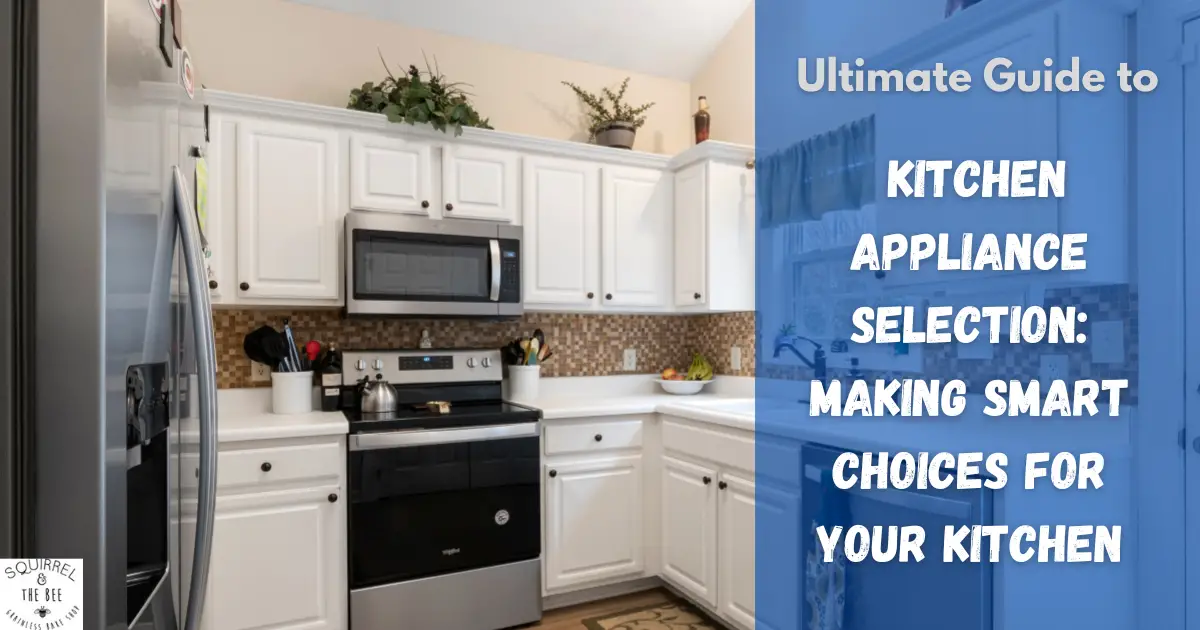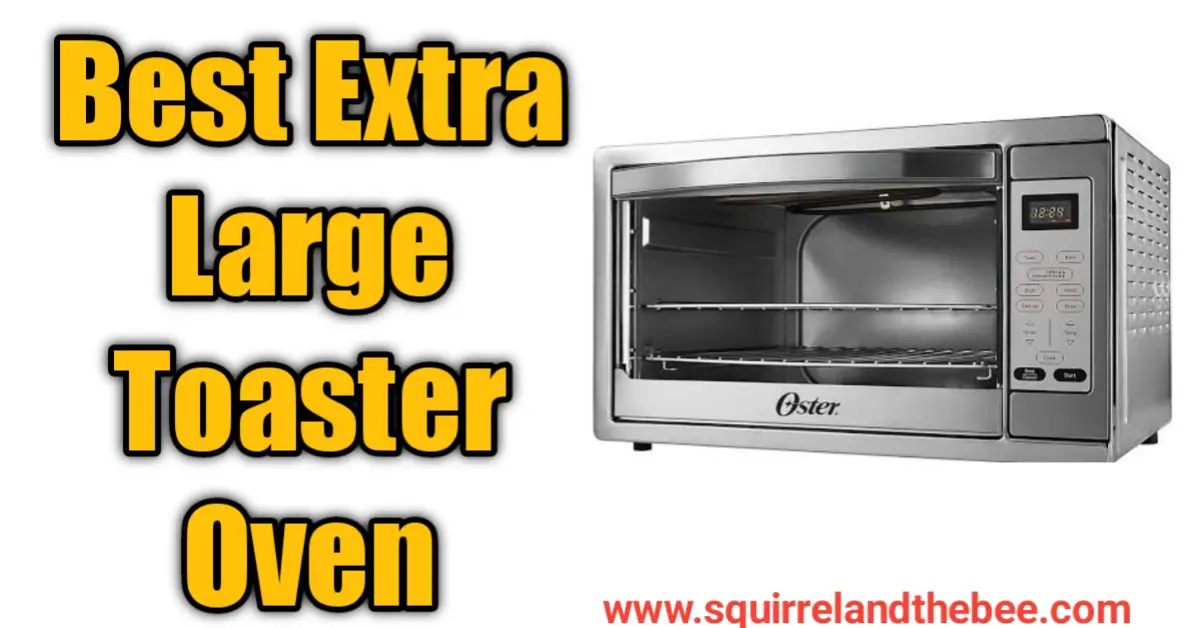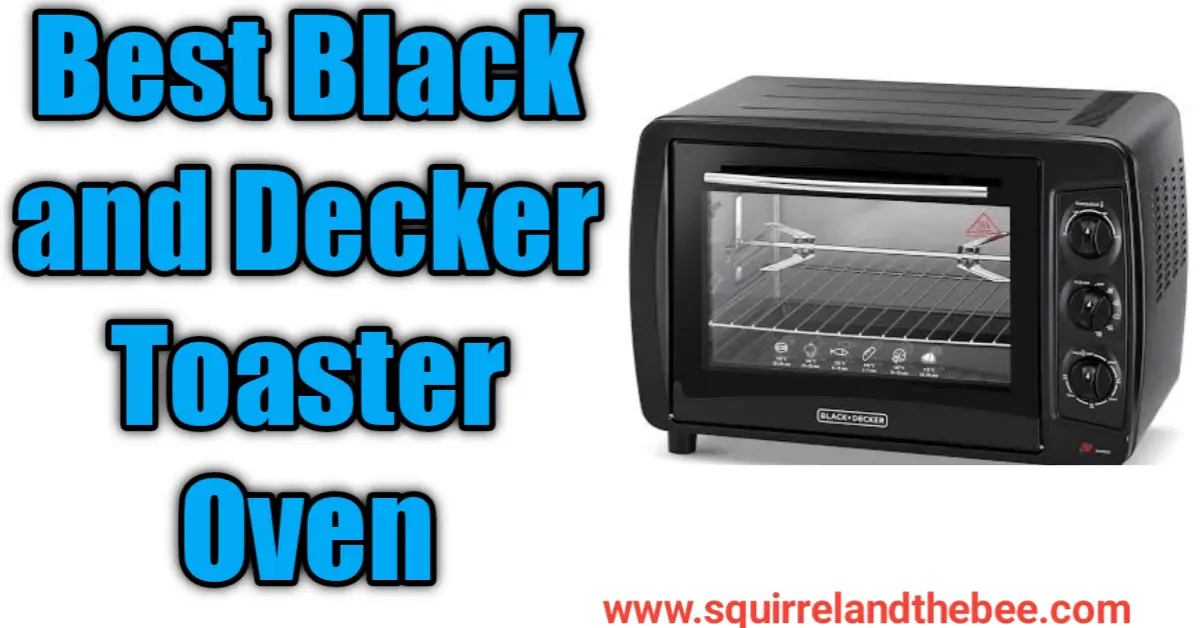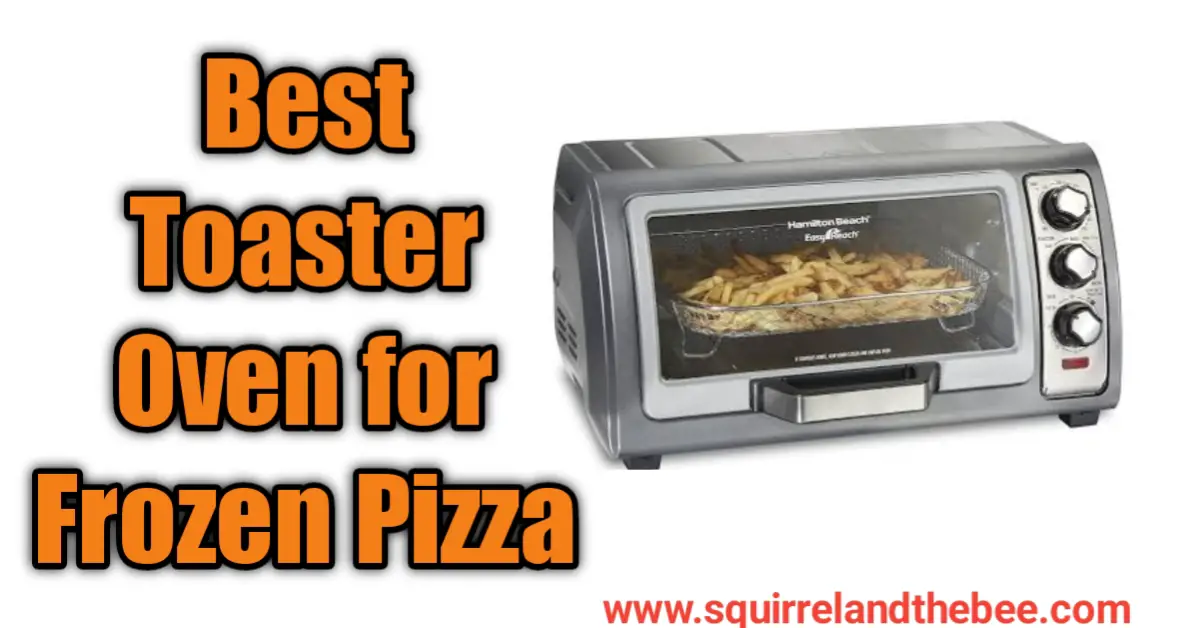Selecting kitchen appliances is one of the most significant investments you’ll make in your home. The right choices can transform your cooking experience, increase your home’s value, and lead to significant energy savings over time. This comprehensive guide will walk you through everything you need to know to make informed decisions about your kitchen appliances.
Understanding Kitchen Layouts and Space Planning
Before diving into specific appliances, it’s crucial to understand how your kitchen’s layout affects appliance selection. The right appliances should enhance your kitchen’s functionality, not hinder it.
Kitchen Triangle Concept
The kitchen work triangle connects three primary work areas:
- Refrigerator (food storage)
- Sink (preparation and cleaning)
- Cooking area (stove/oven)
Ideally, the distance between any two points of the triangle should be between 4 and 9 feet, with the total perimeter between 13 and 26 feet. This ensures efficient movement while cooking and prevents traffic flow issues.
Measuring and Space Requirements
Accurate measurements are critical for successful appliance selection:
- Standard depth for most appliances: 24-30 inches
- Standard countertop height: 36 inches
- Recommended clearance around appliances: 30-48 inches
- Ventilation requirements: Minimum 24 inches above cooktops
Pro Tip: Always measure twice and consider door swing clearances, especially for refrigerators and ovens.
Cooking Appliances
Ranges and Cooktops
Gas Ranges
Gas ranges offer precise temperature control and are preferred by many professional chefs. When selecting a gas range, consider:
Slide-in Models:
- Seamless integration with countertops
- Enhanced aesthetic appeal
- Better spill protection
- More built-in features
Size Options:
- 36-inch ranges: Ideal for larger families or frequent entertainers
- 48-inch ranges: Professional-grade cooking with multiple ovens and specialized burners
Features to Look For:
- BTU range (higher BTUs for searing, lower for simmering)
- Sealed burners for easy cleaning
- Convection oven capability
- Self-cleaning features
Cooktops
Modern cooktops come in various configurations:
Gas Cooktops:
- Professional-style with high BTU output
- Griddle integration options for versatility
- Downdraft ventilation available for island installations
Induction Cooktops:
- Energy-efficient operation
- Precise temperature control
- Safety features (no open flame)
- Rapid heating capability
Wall Ovens
Wall ovens offer flexibility in kitchen design and can be installed at ergonomic heights. Key considerations include:
Single vs. Double Ovens:
- Single ovens: Space-saving, cost-effective
- Double ovens: Simultaneous cooking at different temperatures
- Combination units with microwave options
Smart Features:
- WiFi connectivity for remote monitoring
- Temperature probe integration
- Automated cooking programs
- Self-cleaning capabilities
Toaster Ovens
Modern toaster ovens have evolved into versatile cooking appliances. Consider these factors:
Types and Features:
- Basic models for toasting and reheating
- Convection capabilities for even cooking
- Air fryer combinations for versatility
- Large capacity models for family cooking
Energy Efficiency:
- Average energy consumption: 1200-1800 watts
- Potential energy savings over full-size ovens
- Energy-efficient models available with insulated walls
- Timer functions to prevent overcooking
Food Preparation Appliances
Food Processors
Food processors are essential for efficient meal preparation. Key selection criteria include:
Size and Capacity:
- Mini (2-4 cups): Small batch processing
- Medium (8-10 cups): Family-sized preparations
- Large (12-14 cups): Entertaining and batch cooking
Specialized Uses:
- Dough kneading: Look for powerful motors and specific attachments
- Salsa making: Pulse function and sharp blades essential
- Hummus preparation: Strong motors for smooth results
Juicers
Different juicing needs require different types of juicers:
Types Available:
- Centrifugal: Fast operation, ideal for hard fruits
- Masticating: Better for leafy greens, quieter operation
- Steam juicers: Perfect for juice extraction and canning
- Cold press: Maximum nutrient retention
Specialized Features:
- Wide feed chutes for less prep work
- Pulp control settings
- Easy-clean components
- Quiet operation
Energy Efficiency and Sustainability
Energy Ratings
Understanding energy ratings helps make cost-effective choices:
ENERGY STAR Certification:
- 10-50% more efficient than standard models
- Annual energy cost savings
- Environmental impact reduction
- Potential tax incentives or rebates
Operating Costs:
- Annual energy consumption estimates
- Water usage (for applicable appliances)
- Long-term savings calculations
- Return on investment timeframe
Sustainable Materials
Consider environmental impact beyond energy use:
- Recyclable components
- Eco-friendly manufacturing processes
- Durability for longer lifecycle
- Repairability vs. replacement
Smart Technology Integration
Connected Features
Modern appliances often include smart capabilities:
WiFi Connectivity:
- Remote monitoring and control
- Smartphone notifications
- Recipe integration
- Troubleshooting assistance
Smart Home Ecosystem:
- Voice control compatibility
- Integration with other smart devices
- Automatic updates
- Energy usage monitoring
Budget Considerations
Price Ranges
Understand the value proposition at different price points:
Entry-Level ($500-$1,000):
- Basic functionality
- Limited features
- Standard warranties
- Good for rental properties
Mid-Range ($1,000-$3,000):
- Enhanced features
- Better energy efficiency
- Extended warranties
- Quality materials
Premium ($3,000+):
- Professional-grade features
- Smart technology integration
- Longest warranties
- Highest durability
Operating Costs
Consider the total cost of ownership:
- Energy consumption costs
- Regular maintenance expenses
- Potential repair costs
- Water usage (if applicable)
Installation and Ventilation
Professional vs. DIY Installation
Consider these factors when deciding on installation:
Professional Installation:
- Warranty protection
- Code compliance
- Safety assurance
- Proper calibration
DIY Considerations:
- Skill requirements
- Tool availability
- Time investment
- Risk factors
Maintenance and Care
Regular maintenance extends appliance life and maintains efficiency:
Daily Care:
- Clean spills promptly
- Check seals and gaskets
- Proper usage habits
- Regular cleaning schedules
Professional Maintenance:
- Annual inspections
- Calibration checks
- Safety verifications
- Performance optimization
Making the Final Decision
Decision Matrix
Create a personalized decision matrix considering:
- Budget constraints
- Space limitations
- Cooking habits
- Energy efficiency needs
- Technology preferences
- Maintenance requirements
Purchase Timing
Optimize your purchase timing:
- Holiday sales events
- End of model year clearance
- Package deals
- Seasonal promotions
Conclusion
Selecting kitchen appliances requires careful consideration of multiple factors, from space and budget constraints to energy efficiency and smart features. By following this guide, you can make informed decisions that will enhance your cooking experience while maximizing your investment.
Remember that the best appliance choices are those that match your specific needs, cooking style, and kitchen layout. Take time to research, compare options, and consider long-term costs before making your final decisions.
Frequently Asked Questions
Q: When is the best time to buy kitchen appliances? A: Major holidays and end-of-model-year sales (September-October) typically offer the best prices.
Q: Should I buy appliances as a package? A: Package deals can offer significant savings, especially for matching sets. However, compare individual prices to ensure real savings.
Q: How long should kitchen appliances last? A: Major appliances typically last 10-15 years with proper maintenance. Premium models may last longer.
Q: Is professional installation worth the cost? A: Yes, especially for gas appliances and built-in units. Professional installation ensures safety and maintains warranty coverage.




